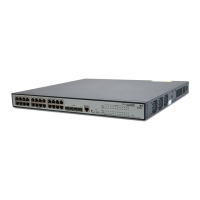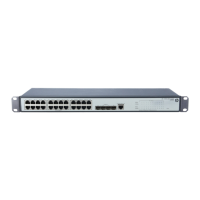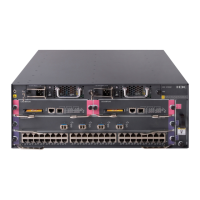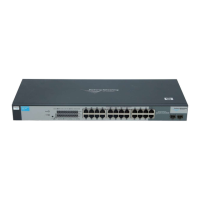173
Designated bridge and designated port
Table 68 Description of designated bridges and designated ports
Classification Designated bridge Designated port
For a device
A device directly connected with the local
device and responsible for forwarding
BPDUs to the local device
The port through which the designated
bridge forwards BPDUs to this device
For a LAN
The device responsible for forwarding
BPDUs to this LAN segment
The port through which the designated
bridge forwards BPDUs to this LAN
segment
As shown in Figure 161, AP1 and AP2, BP1 and BP2, and CP1 and CP2 are ports on Device A, Device
B, and Device C respectively.
If Device A forwards BPDUs to Device B through AP1, the designated bridge for Device B is Device
A, and the designated port of Device B is port AP1 on Device A.
Two devices are connected to the LAN: Device B and Device C. If Device B forwards BPDUs to the
LAN, the designated bridge for the LAN is Device B, and the designated port for the LAN is the port
BP2 on Device B.
Figure 161 A schematic diagram of designated bridges and designated ports
Path cost
Path cost is a reference value used for link selection in STP. STP calculates path costs to select the most
robust links and block redundant links that are less robust, to prune the network into a loop-free tree.
NOTE:
nated ports.
How STP works
The devices on a network exchange BPDUs to identify the network topology. Configuration BPDUs
contain sufficient information for the network devices to complete spanning tree calculation. Important
fields in a configuration BPDU include:
Root bridge ID: Comprises the priority and MAC address of the root bridge.
Root path cost: The cost of the path to the root bridge.
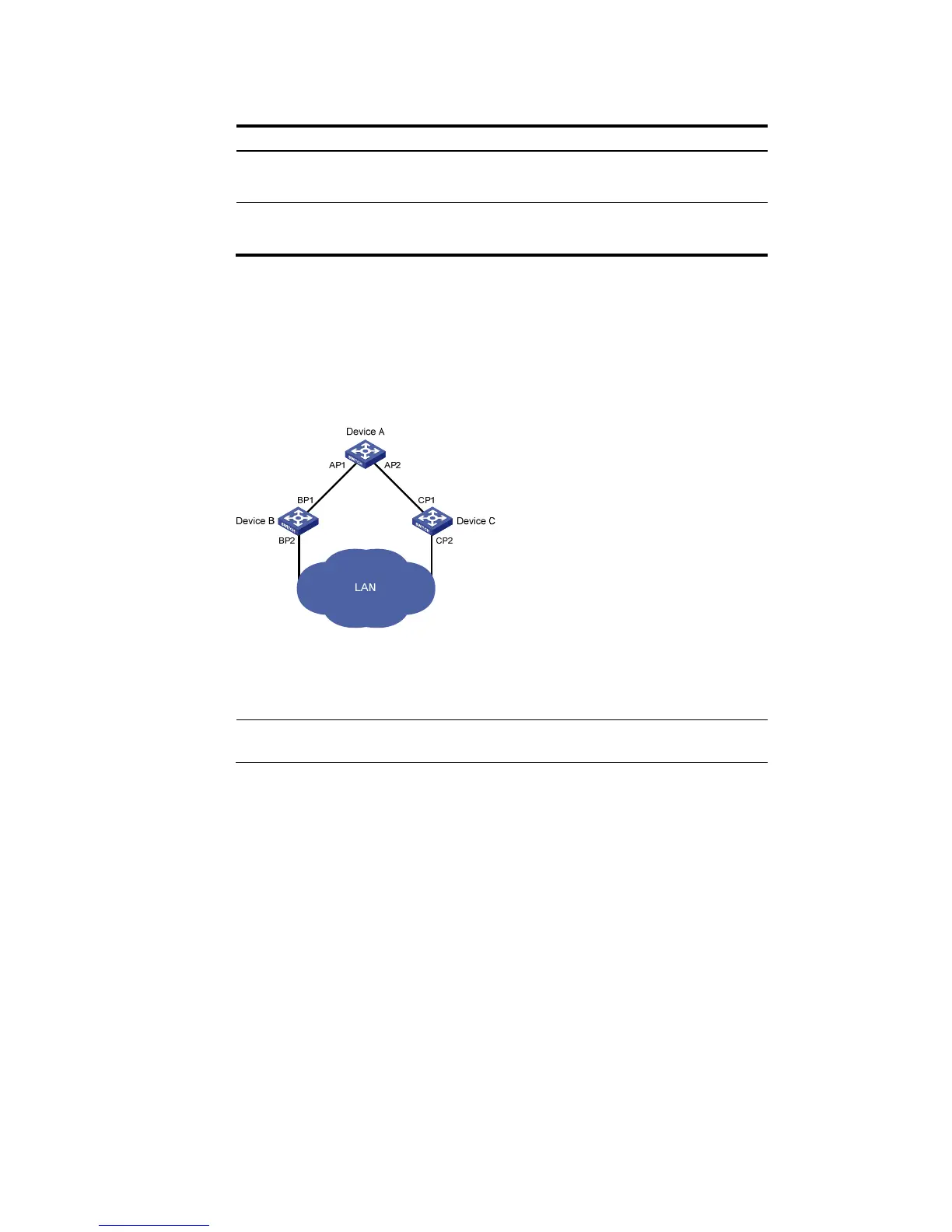